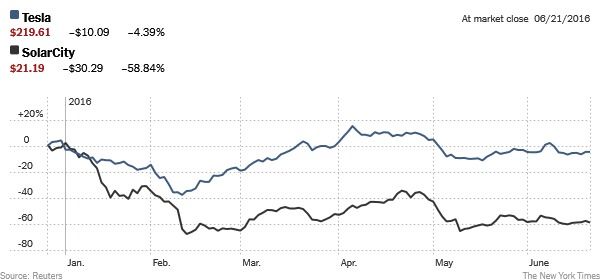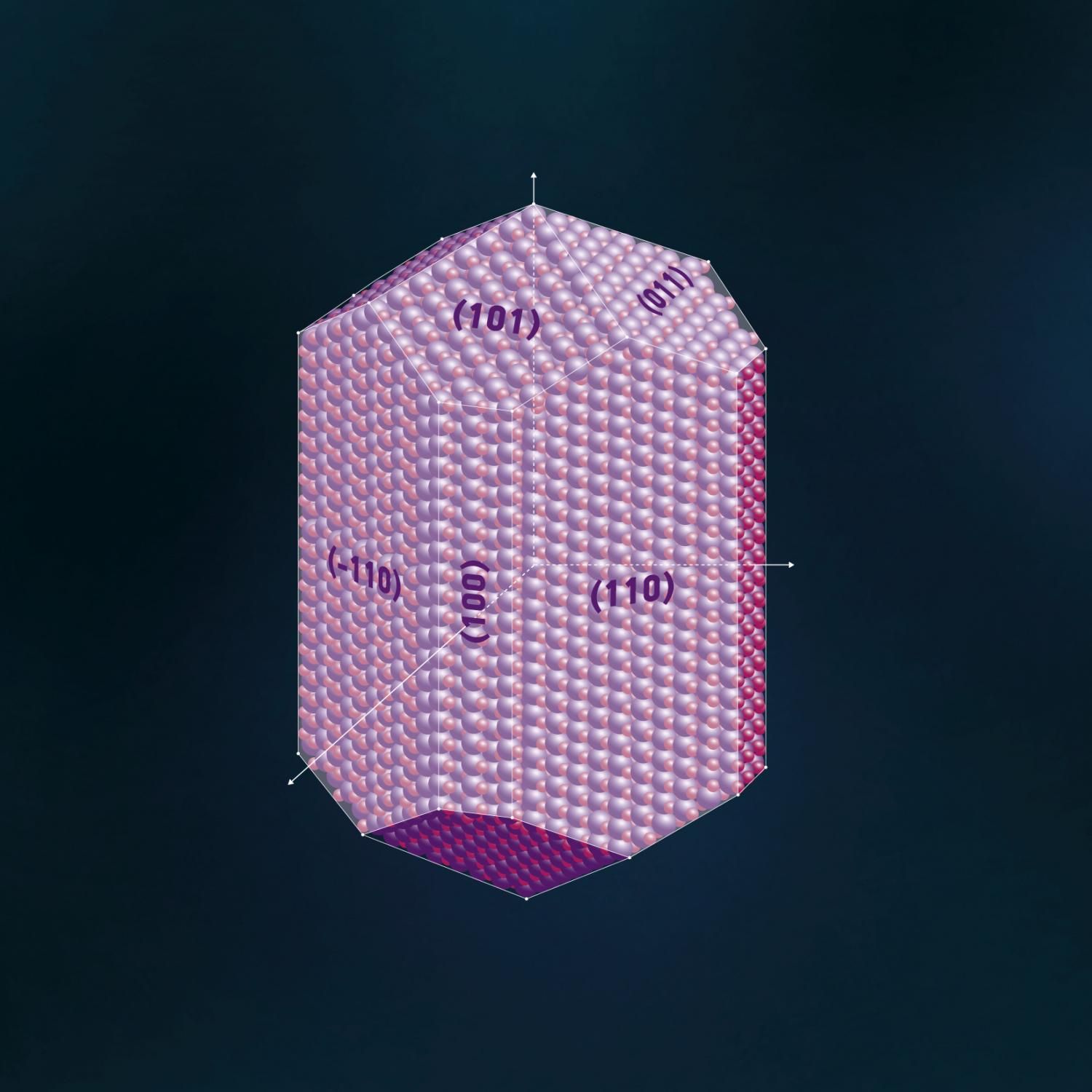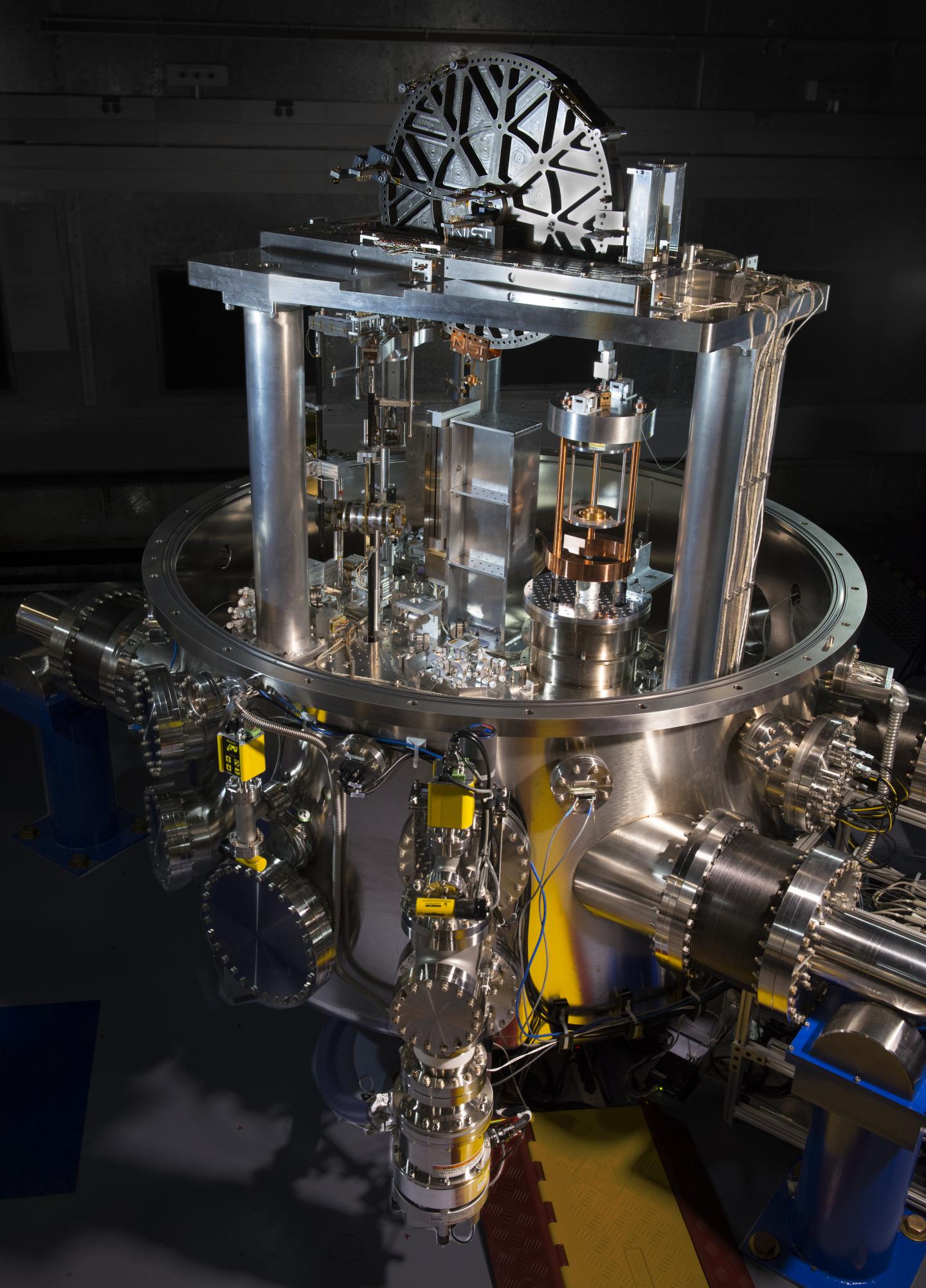Page 8537
Jun 21, 2016
Elon Musk Aims to Shore Up SolarCity by Having Tesla Buy It — By Michael J. de la Merced and Peter Eavis | The New York Times
Posted by Odette Bohr Dienel in categories: business, Elon Musk, energy, environmental, sustainability, transportation
” … Tesla Motors said on Tuesday that it had offered to buy SolarCity in an all-stock deal, one that could value the latter at as much as $2.8 billion. The aim, Mr. Musk argues, is to create a renewable-energy giant, collecting clean electricity and putting it to work propelling cars.”
Tags: Electric vehicles, SolarCity, Tesla
Jun 21, 2016
Mechanisms that keep reality coherent
Posted by Karen Hurst in category: quantum physics
Quantum physics applies Hilbert spaces as the realm in which quantum physical research is done. However, the Hilbert spaces contain nothing that prevents universe from turning into complete chaos. Quantum physics requires extra mechanisms that ensure sufficient coherence.
Reality has built-in principles. If you understand these built-in principles, then these principles teach a lesson.
The foundation of reality already supports the built-in principles. A foundation must have a simple structure and that structure must be easily comprehensible. It must install restrictions such that extension of the foundation runs according predetermined lines that preserve sufficient coherence, such that the installed principles are keeping their validity. This makes the discovery of the foundation a complicated affair, because not every simple structure will provide these requirements. Still a sensible candidate for such foundation was discovered eighty years ago. It is a relational structure and it discovery was reported in 1936. The structure implements a law of reality. That law cannot be phrased in the form of a formula, because the relational structure only contains unnamed elements and it defines tolerated relations between these elements. Thus the relational structure does not contain numbers that could be used as variables in the formula.
Jun 21, 2016
China’s pioneering quantum satellite launch slips to August
Posted by Karen Hurst in categories: quantum physics, satellites
Oh no; China has slipped by a month.
Launch of the world’s first quantum communications satellite will take place in August, the leader of China’s space science program has said.
Dr Wu Ji of the National Space Science Centre (NSSC) under the Chinese Academy of Sciences (CAS), told reporters in Beijing while updating on space science missions (link in Chinese).
Continue reading “China’s pioneering quantum satellite launch slips to August” »
Jun 21, 2016
Structure-mapping engine enables computers to reason and learn like humans, including solving moral dilemmas
Posted by Andreas Matt in categories: computing, ethics, neuroscience
Northwestern University’s Ken Forbus is closing the gap between humans and machines.
Using cognitive science theories, Forbus and his collaborators have developed a model that could give computers the ability to reason more like humans and even make moral decisions. Called the structure-mapping engine (SME), the new model is capable of analogical problem solving, including capturing the way humans spontaneously use analogies between situations to solve moral dilemmas.
“In terms of thinking like humans, analogies are where it’s at,” said Forbus, Walter P. Murphy Professor of Electrical Engineering and Computer Science in Northwestern’s McCormick School of Engineering. “Humans use relational statements fluidly to describe things, solve problems, indicate causality, and weigh moral dilemmas.”
Jun 21, 2016
A Promising Anti-Aging Drug Will Soon Be Tried On Humans
Posted by Montie Adkins in categories: biotech/medical, health, life extension
Washington University in St. Louis and Keio University in Japan is set to test the effectiveness and safety of the compound. Starting next month, about 10 healthy people will be administered NMN to see if can improve bodily function and stave off the effects of aging. Should it work, it would become the first bona fide anti-aging intervention available on the market.
A compound called nicotinamide mono nucleotide (NMN) has been shown to slow down the aging process and extend the lifespans of mice. We’re about to find out if it does the same thing to humans.
A planned clinical trial devised by researchers from Washington University in St. Louis and Keio University in Japan is set to test the effectiveness and safety of the compound. Starting next month, about 10 healthy people will be administered NMN to see if can improve bodily function and stave off the effects of aging. Should it work, it would become the first bona fide anti-aging intervention available on the market.
Continue reading “A Promising Anti-Aging Drug Will Soon Be Tried On Humans” »
Jun 21, 2016
Quantum calculations broaden the understanding of crystal catalysts
Posted by Karen Hurst in categories: chemistry, particle physics, quantum physics, supercomputing
Using numerical modelling, researchers from Russia, the US, and China have discovered previously unknown features of rutile TiO2, which is a promising photocatalyst. The calculations were performed at an MIPT laboratory on the supercomputer Rurik. A paper detailing the results has been published in the journal Physical Chemistry Chemical Physics.
It’s all on the surface
Special substances called catalysts are needed to accelerate or induce certain chemical reactions. Titanium dioxide (TiO2) is a good photocatalyst—when exposed to light, it effectively breaks down water molecules as well as hazardous organic contaminants. TiO2 is naturally found in the form of rutile and other minerals. One of the two most active surfaces of rutile R-TiO2 is a surface that is denoted as (011). The photocatalytic activity is linked to the way in which oxygen and titanium atoms are arranged on the surface. This is why it is important to understand which forms the surface of rutile can take.
Jun 21, 2016
Measuring Planck’s constant, NIST’s watt balance brings world closer to new kilogram
Posted by Karen Hurst in categories: information science, particle physics, quantum physics
A high-tech version of an old-fashioned balance scale at the National Institute of Standards and Technology (NIST) has just brought scientists a critical step closer toward a new and improved definition of the kilogram. The scale, called the NIST-4 watt balance, has conducted its first measurement of a fundamental physical quantity called Planck’s constant to within 34 parts per billion — demonstrating the scale is accurate enough to assist the international community with the redefinition of the kilogram, an event slated for 2018.
The redefinition-which is not intended to alter the value of the kilogram’s mass, but rather to define it in terms of unchanging fundamental constants of nature-will have little noticeable effect on everyday life. But it will remove a nagging uncertainty in the official kilogram’s mass, owing to its potential to change slightly in value over time, such as when someone touches the metal artifact that currently defines it.
Planck’s constant lies at the heart of quantum mechanics, the theory that is used to describe physics at the scale of the atom and smaller. Quantum mechanics began in 1900 when Max Planck described how objects radiate energy in tiny packets known as “quanta.” The amount of energy is proportional to a very small quantity called h, known as Planck’s constant, which subsequently shows up in almost all equations in quantum mechanics. The value of h — according to NIST’s new measurement — is 6.62606983×10−34 kg?m2/s, with an uncertainty of plus or minus 22 in the last two digits.
Jun 21, 2016
Using Enzymes to Enhance LEDs
Posted by Karen Hurst in categories: computing, engineering, particle physics, quantum physics, solar power, sustainability
Robert Dunleavy had just started his sophomore year at Lehigh University when he decided he wanted to take part in a research project. He sent an email to Bryan Berger, an assistant professor of chemical and biomolecular engineering, who invited Dunleavy to his lab.
Berger and his colleagues were conducting experiments on tiny semiconductor particles called quantum dots. The optical and electronic properties of QDs make them useful in lasers, light-emitting diodes (LEDs), medical imaging, solar cells, and other applications.
Dunleavy joined Berger’s group and began working with cadmium sulfide (CdS), one of the compounds from which QDs are fabricated. The group’s goal was to find a better way of producing CdS quantum dots, which are currently made with toxic chemicals in an expensive process that requires high pressure and temperature.
Jun 21, 2016
DARPA Launches Program to Help Data Science Through Automated Empirical Modeling
Posted by Karen Hurst in categories: robotics/AI, science
The Defense Advanced Research Projects Agency has launched its Data-Driven Discovery of Models program that aims to automate aspects of data science to help non-experts construct their own empirical models.
DARPA said Friday D3M looks to address a data science expertise gap the agency says is reflected by lack of results for predictive questions among popular search engines.
“The construction of empirical models today is largely a manual process, requiring data experts to translate stochastic elements, such as weather and traffic, into models that engineers and scientists can then ask questions of,” said Wade Shen, a DARPA program manager in the information innovation office.

















